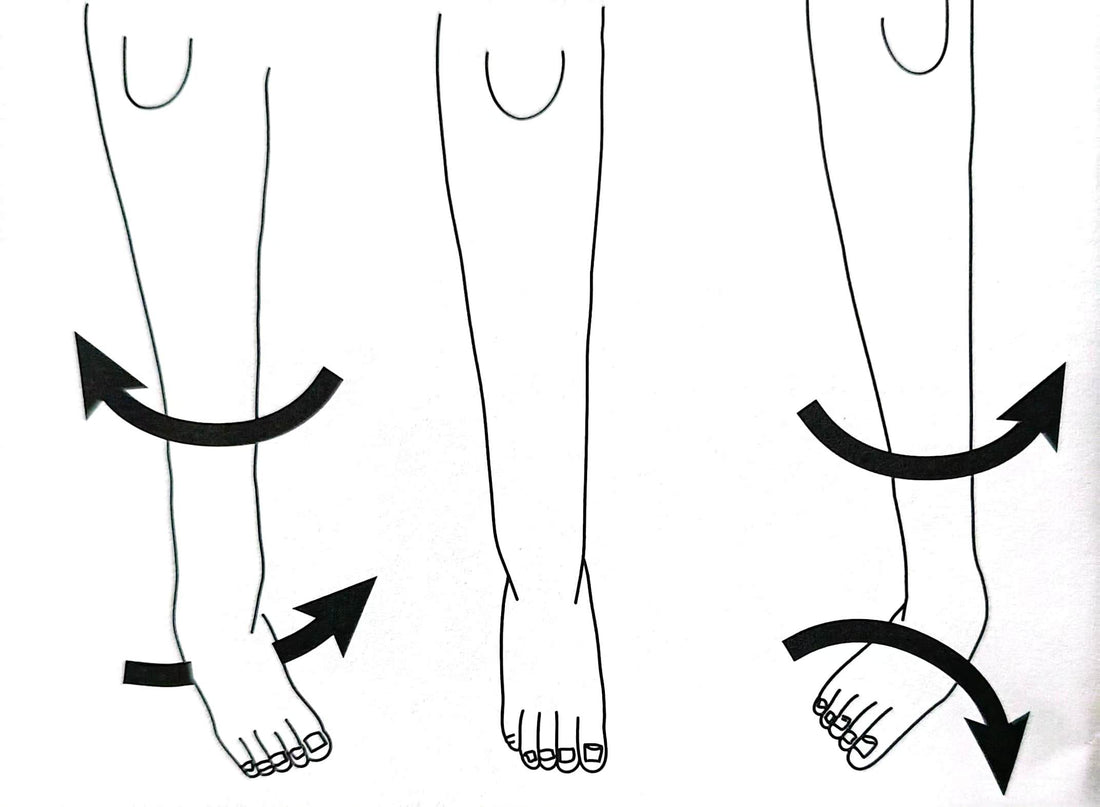Most of fromufoot blog discusses problems and abnormalities with the foot. To grasp fully how these problems and abnormalities affect us, it's helpful to understand what constitutes a normal foot. Of course, we must keep in mind that very few people have the “ideal” normal foot, but in general a normal foot should meet seven criteria:
drew by fromufoot

I. Viewed from behind, the heel should be in line with the leg.(The hindfoot should not be in a varus or valgus position.)
2. Viewed from behind, the forefoot should be in line with the hindfoot. (The forefoot should not be in a varus or valgus position.)
3. Viewed from above, the forefoot should be in line with the hindfoot. (The forefoot should not be in an adductus or abductus position.)
4. Viewed from the side, the forefoot should not be lower or higher than the hindfoot, nor the foot lower or higher than the leg.(The forefoot and foot should not be in a plantarflexed or dorsiflexed position.)
5. The leg should not restrict the foot in any of its movements.The leg should not be knock-kneed or bowlegged, which would force the foot in or out.
6. The leg should not be twisted inward or outward, which would force the foot to be in-toe (pigeon-toed) or out-toe.
7. The leg should not restrict upward or downward movement of the foot.The foot should be able to bend upward (dorsiflex) by at least 1o degrees when the knee is straight and the subtalar joint (between the talus and calcaneus bones) is in a neutral position. A tight calf muscle will not allow the foot to bend upward.
All these criteria for a normal foot have to do with alignment. Good alignment is necessary if we expect our feet to support our weight and let us walk and run and do all kinds of other activities without causing us pain , however, the criteria indicate an indeal normal foot .in reality many feet dont completely meet all the criteria for normalcy ,yet a person can be symptomfree and have no walking or running restrictions,because the body is able to compensate for mild to moderate variations in alignment .

